Experiential Education building opens at Wichita State
The facility, home to 25 hands-on learning laboratories, focuses on bringing students together through multi-disciplinary collaboration.
Ken Tedder and Steve Copeland, staff for mechanical engineering, looks at an intricate 3-D models made with equipment at the Experiential Engineering Building. The Experiential Engineering Building will offer 3-D printers for students, faculty and the community. (Jan. 17, 2017)
Everything in the Experiential Education building serves a purpose, said Royce Bowden, Wichita State Dean of Engineering.
The concept, first discussed in 2014, turned to a 142,661 square foot building with 25 hands-on laboratories, held an official open house Tuesday.
Bowden points out a 2-foot tall platform under the main staircase just inside the main entrance. Here he says, the details play a factor in the innovation nature of the building.
This platform can serve as a place for students and faculty to sit and talk with friends, or as a platform to speak on to an audience space that can hold 100 or more.
Bowden slowly advances throughout the tour into the east wing of the building stopping more than once to point out the architecture visible through the towering windows that reveal the developments on Innovation Campus.
The hallways in the first and second floor of the east wing reveal the openings of labs on each side. In select cutout areas of the hallways, there’s couches and chairs that Bowden said he hopes will “invite students into them.” The building itself, which is the only university building to face outward to 17th street, is intended to draw the community in, Bowden said.
Bowden suggests that these hideaway gathering spaces allow viewers to see more about what’s happening in the space than students inside the lab can see themselves.
“Hub” is a keyword for much of the Experiential Education building, Bowden said. Hubs are different than classroom areas because they cannot be reserved.
Labs can be conducted within hubs, but they may not restricted to that class. Bowden said the purpose of this is to draw together interdisciplinary productivity.
Bowden says this concept of interdisciplinary productivity is reflective of what one would see at production facilities who use diversified teams.
“We will have a deeper level of learning as well as a broader level of learning through the Experiential Education building,” Bowden said about the concept of integration.
“We want to break us out of this same way of thinking. When you’re around creative people, it helps you to be more creative, too,” he said.
What if I’m not an engineering major?
From the outside looking in, the Experiential Education building can appear to be limited to engineering students. Bowden said this is a false perception.
“We’re not taking a poll. I don’t know how many non-engineering students are coming over here, but we want them to see that we’re a friendly space,” he said.
Bowden believes the hideaways and lobby each make for quiet study areas, suitable for all students. He suggests that they offer an immersive experience that onlookers can benefit from just by observation, alone.
Steven Skinner, associate dean, pointed out that there are hubs designed for gaming located on the third floor. He said he sees there being many opportunities for computer science students.
Hubs located on the second and third floors, filled with up to as many as 70 computers, are accessible to anyone with a WSU university login.
GoCreate makerspace
The GoCreate makerspace is housed on the west wing of the Experiential Education building. The GoCreate space is available to all students, faculty and community members.
Access to the makerspace, however, doesn’t come without a price.
Memberships, which are purchased at GoCreate.com, start at $125 per month. Students can receive a 33 percent discount, making their rate drop to $83, with the option of purchasing a semester membership for $375.
Koch Industries has awarded $3.75 million to be awarded to students through scholarships, offsetting some of those membership and training fees.
Some of the studios within the makerspace range from 3-D printing, to glass making as well as metals, textiles and wood.
Bowden said some of the equipment in the makerspace can cost upwards of a million dollars, giving students and community members access to tools they may not otherwise have available to them.
Bowden added that the makerspace will be reflective to a membership at the YMCA, where members will go through training to use the equipment, and continually be guided while they exercise their creative skills.
No idea too big or too small
Bowden said there’s no idea too big or too small, in theory, that can be brought to life in the makerspace.
“In theory, you don’t have to come equipped with anything more than an idea,” Bowden said. He said that members will be guided and mentored on how to carry out their idea, but nothing more than an idea, in theory, could be all one needs to make their concept a reality.
“There’s technology that functions at the level of glue, glitter and paper, that we use, to machines that are technologically more advanced than what was used to put man on the moon,” Bowden said.
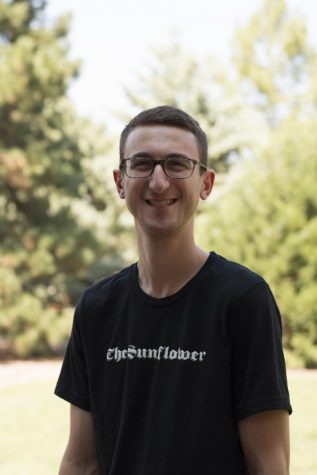
Evan Pflugradt is the former sports editor of The Sunflower. Pflugradt past served as the publication's Editor in Chief, Opinion Editor and a reporter....
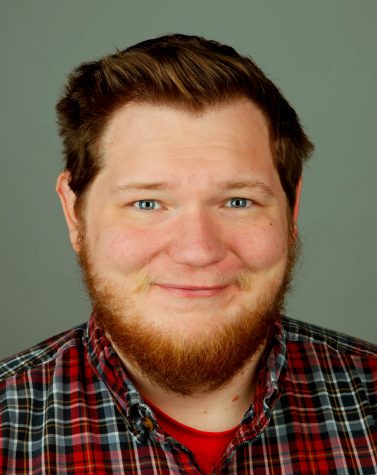
Brian is the photo editor at The Sunflower. Hayes is a junior majoring in mass communication with an emphasis in journalism. He is from Wichita. Hayes enjoys...




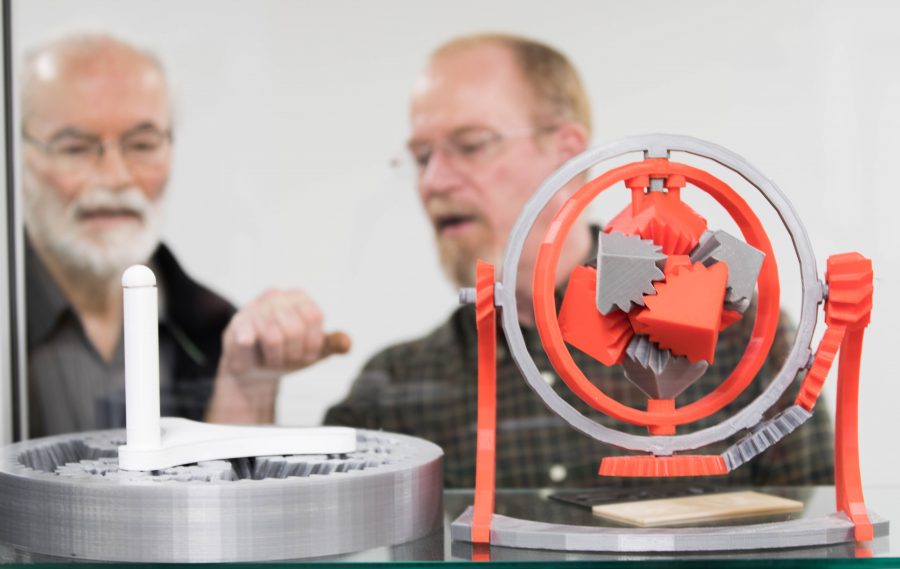
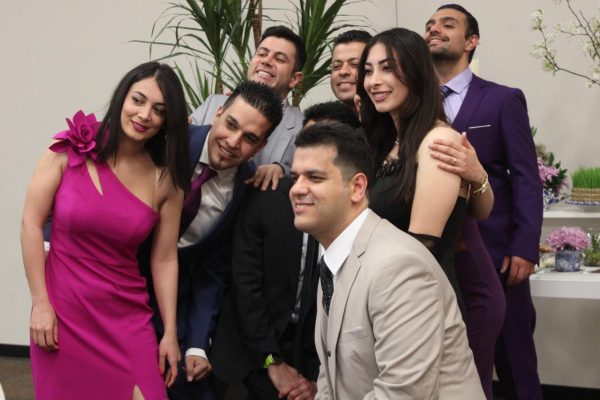
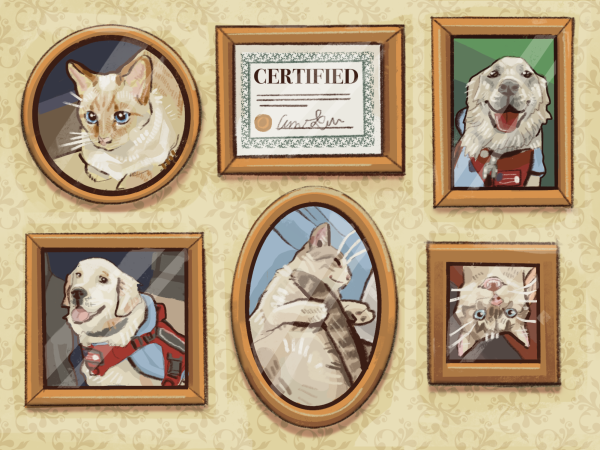
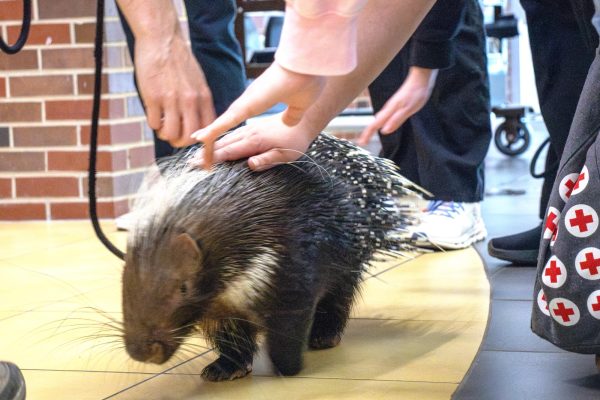
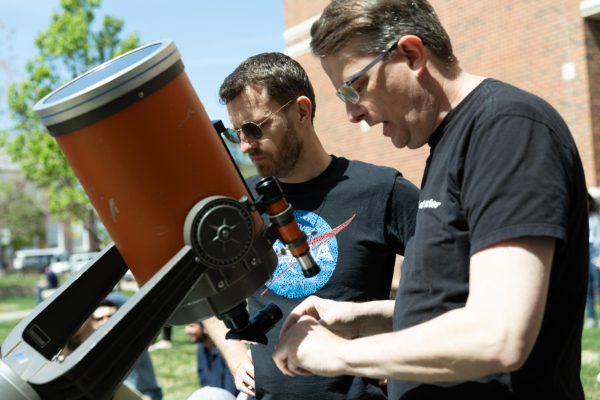
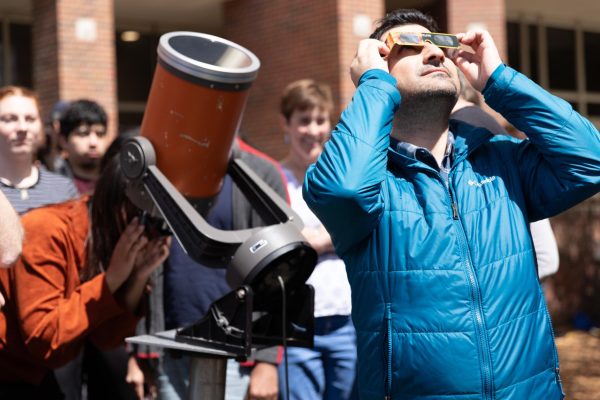

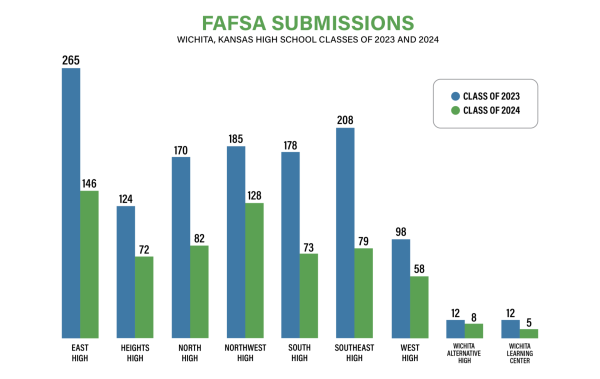
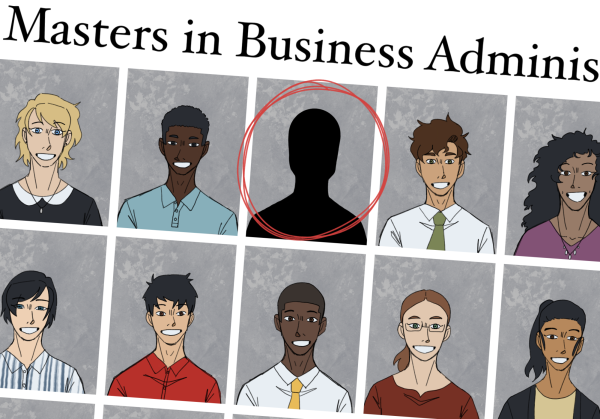
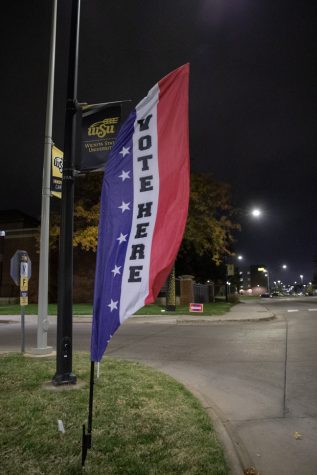
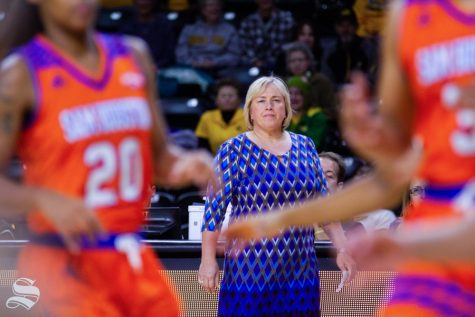
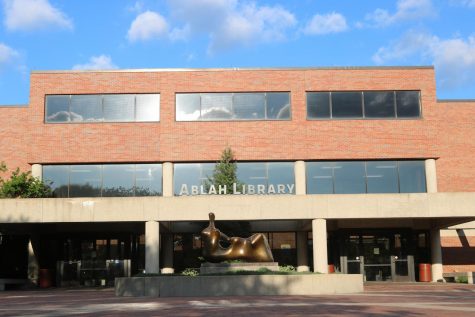

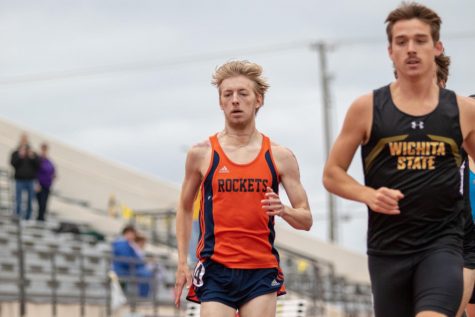

Kendall • Mar 15, 2017 at 7:59 am
Thanks for the information!
Rajeev Nair • Jan 20, 2017 at 9:55 am
Ken and Steve are Mechanical Engineering department staff members, not EE.